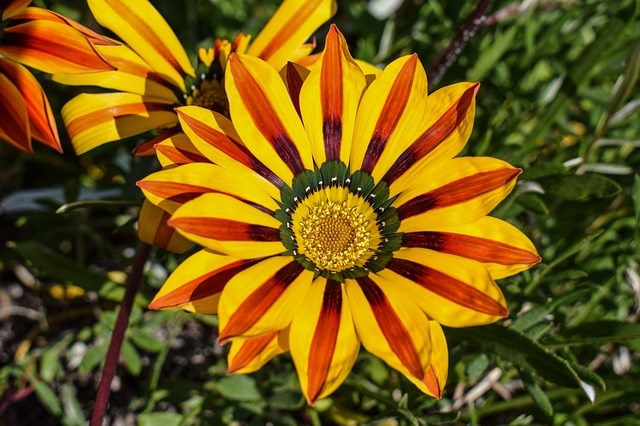
This week, Richard M. Kline Jr. M.D., of The Center for Natural Breast Reconstruction answers your question.
Question: I seeking information on reconstruction after radiation. The side that received radiation is very tight and now about 3 inches higher than the non-radiated implant. I have had two stem-cell surgeries and it is suggested to have another. Before going back to surgery for another stem-cell/fat transfer I want to know is there any other options that might help me. Can the radiation side be fixed? Can the non radiation implant be replace to match the radiation side?
Answer: Your problem is very common, unfortunately. Typically, with implant-based breast reconstruction, the radiated side will be harder, higher, less mobile, and often smaller than the non-radiated side.
Fat grafting around the implant is a reasonable and relatively innocuous way to address the problem, but is, at best, only variably successful. It is thought that stem cells within the fat may rejuvenate the radiated tissue in some fashion, and from my experience it seems this may in fact sometimes occur. Other times, however, fat grafting doesn’t seem to have much effect.
The most sure-fire way to address the problem is to remove the implant, and then reconstruct the breast with your own tissue, usually either with a DIEP flap (from the abdomen) or a GAP flap (from the buttocks). We have successfully reconstructed hundreds of patients with failed implant reconstructions by using their own tissue. Neither a history of radiation, or previous failed attempts at reconstruction with implants have any effect on the success of using your own tissue (98-99%).
There are some other recent developments which MAY (notice I said “MAY”) improve the success rate of implants in a radiated field. For the last 2-3 years, we have been performing our implant-based reconstructions by completely wrapping tissue expanders with acellular dermal matrix (Alloderm – processed cadaver skin graft) and placing them in FRONT of the muscle. Please note that if this is done in a patient who needs radiation, it is done BEFORE they receive the radiation.
Most of our patients who receive radiation are planning on having natural tissue reconstruction, and receive tissue expanders only as a temporary measure, as we do not ever want to subject a flap (natural tissue reconstruction) to radiation. However, we have noticed that some patients’ breasts with these Alloderm-wrapped implants remain surprisingly soft after radiation. Theoretically, the implant in a radiated breast could be removed, and an Alloderm-wrapped tissue expander or implant could then be placed (in front of the muscle if possible). I haven’t actually tried this (again, most of our patients in this situation just convert to natural tissue reconstruction), but theoretically it might provide some improvement over your present situation. On the other hand, it could result in a big mess if things didn’t work out well. However, even this would not impact your ability to subsequently have natural tissue reconstruction, if you decided to go that route.
Hope this helps a little bit. I would be happy to chat with you on the phone about your situation in more detail, if you wish.
Have a great weekend!
Have a question about breast reconstruction or post-surgical you’d like answered from our surgical team? Just ask!














